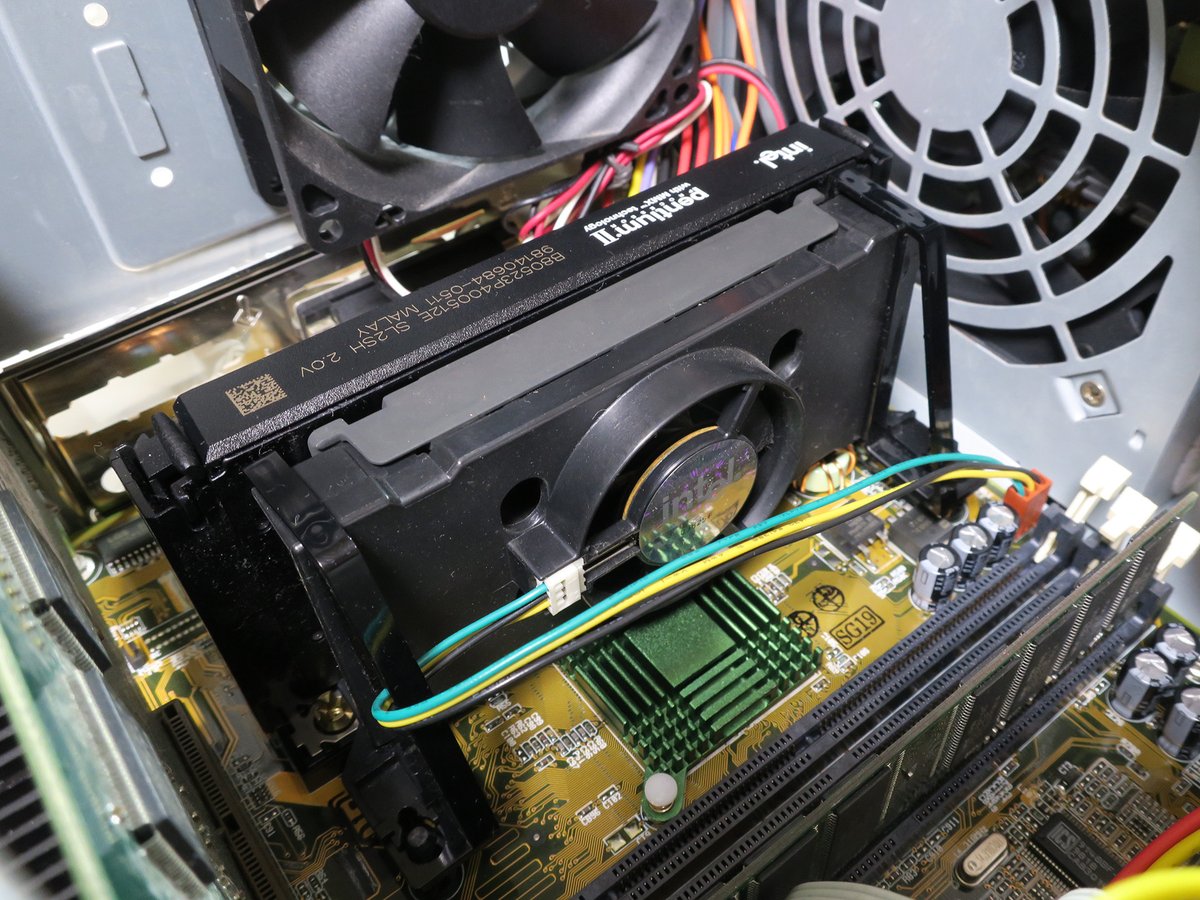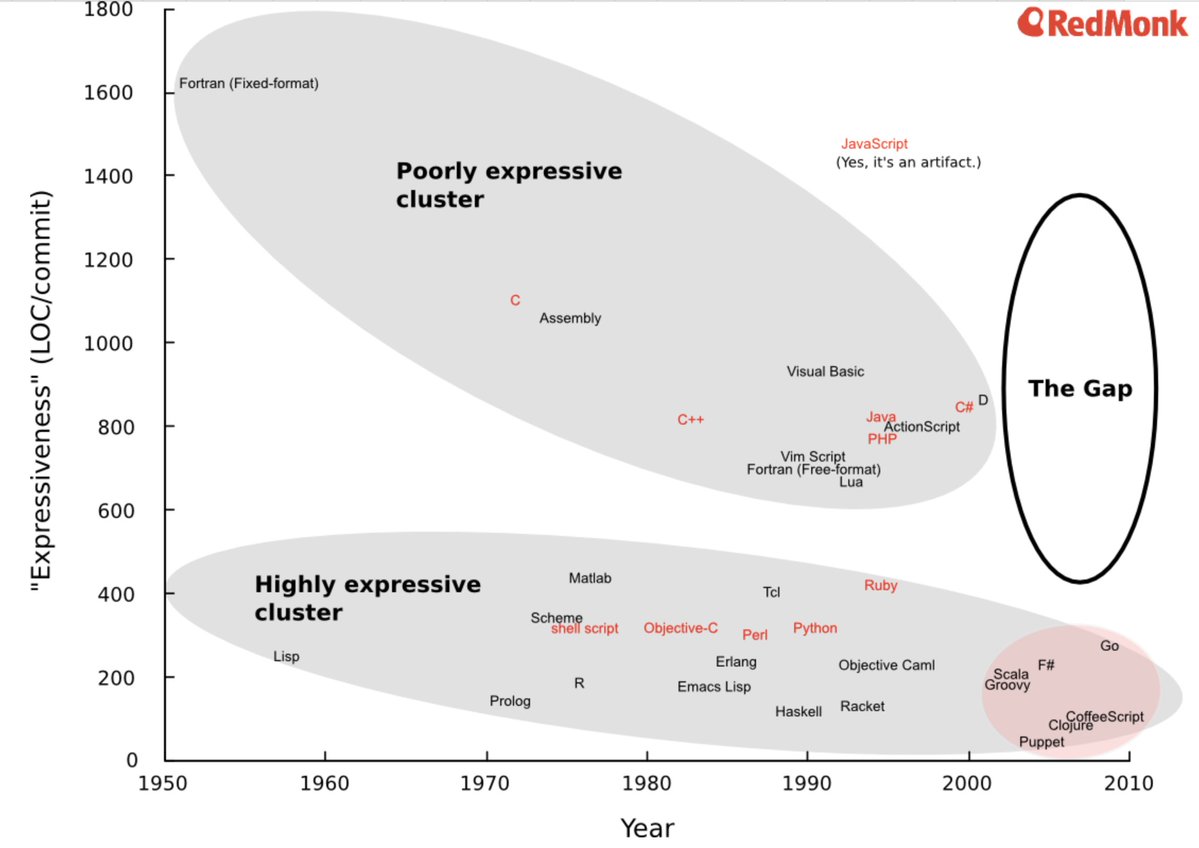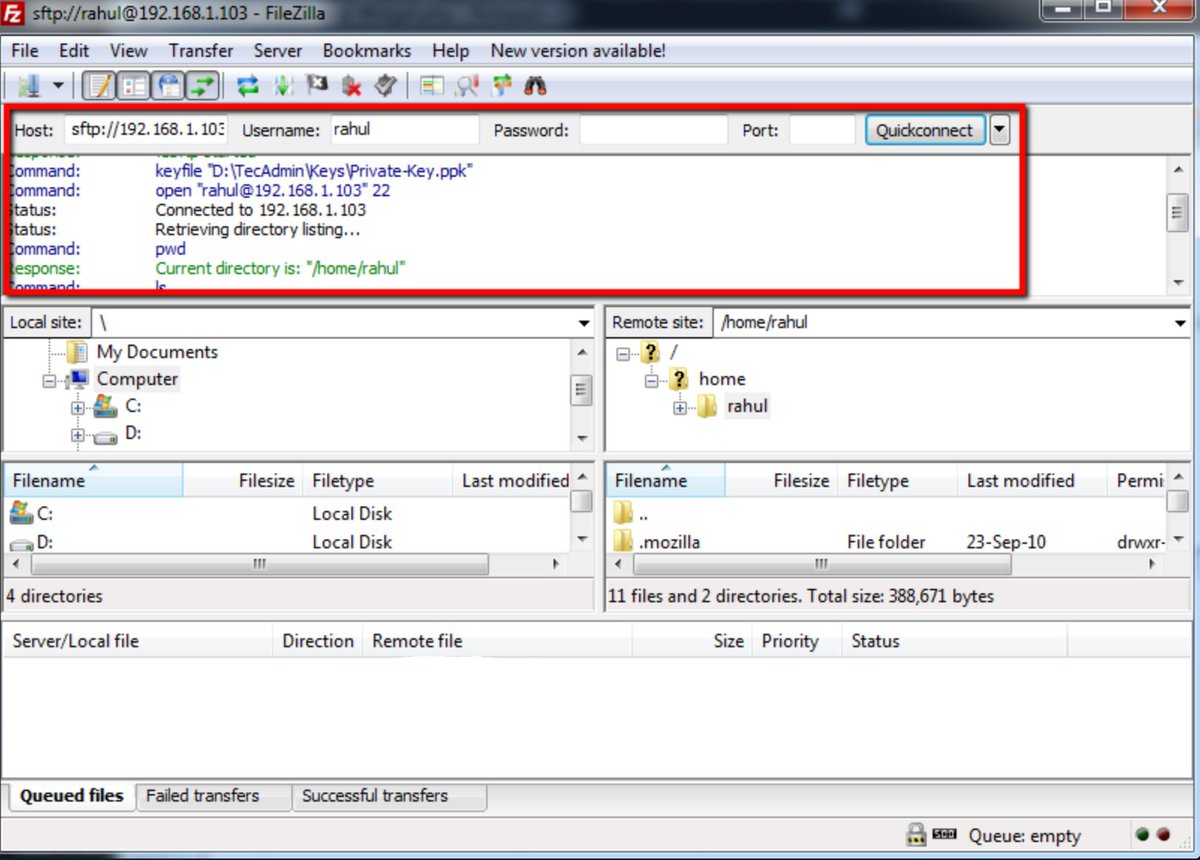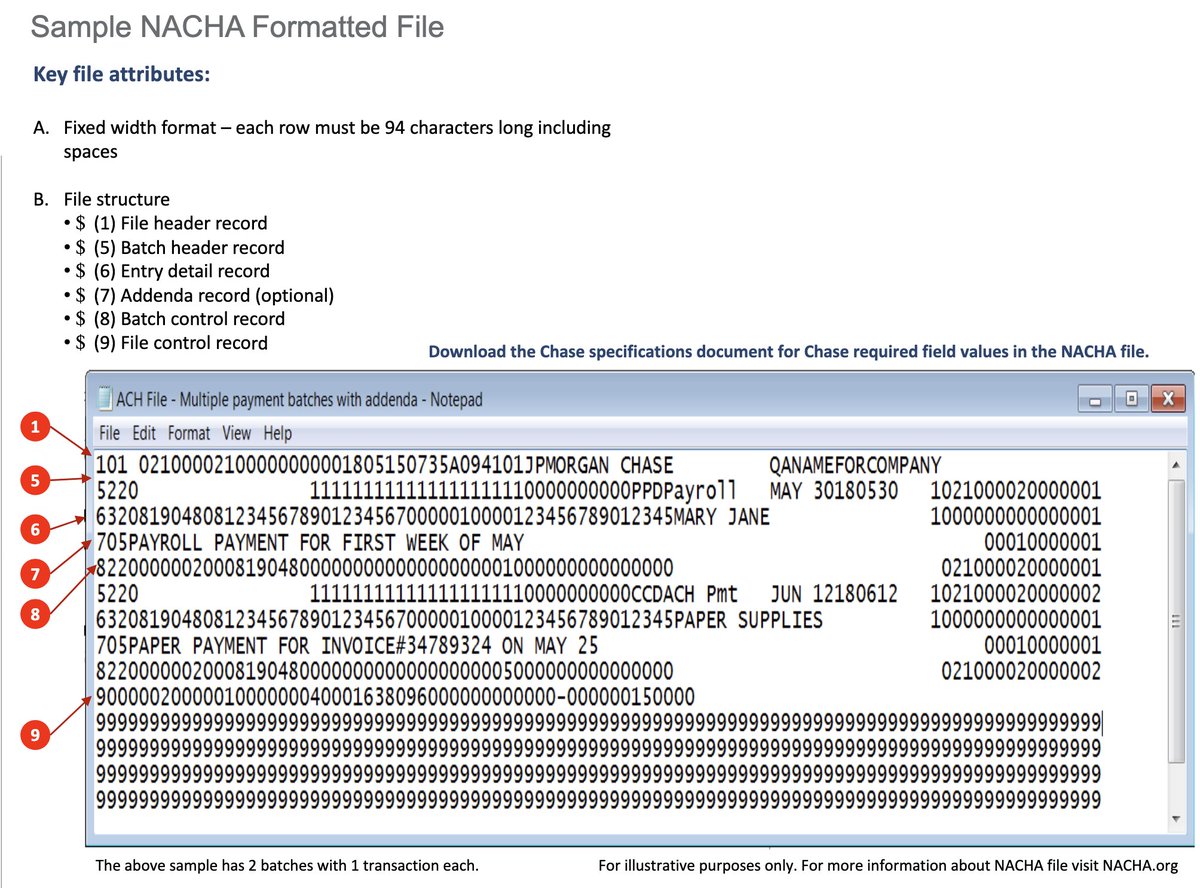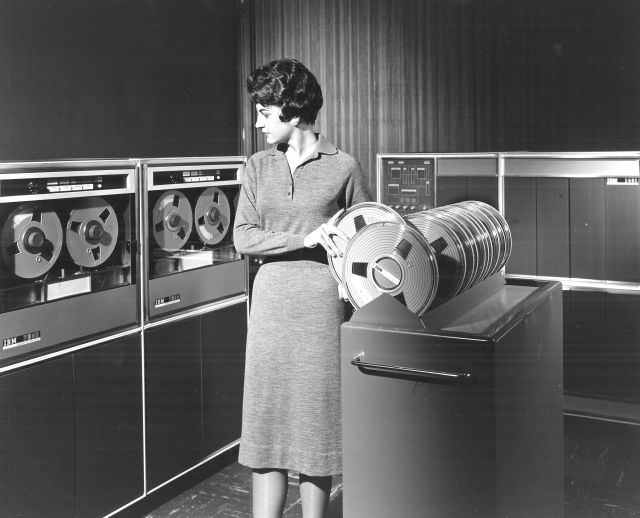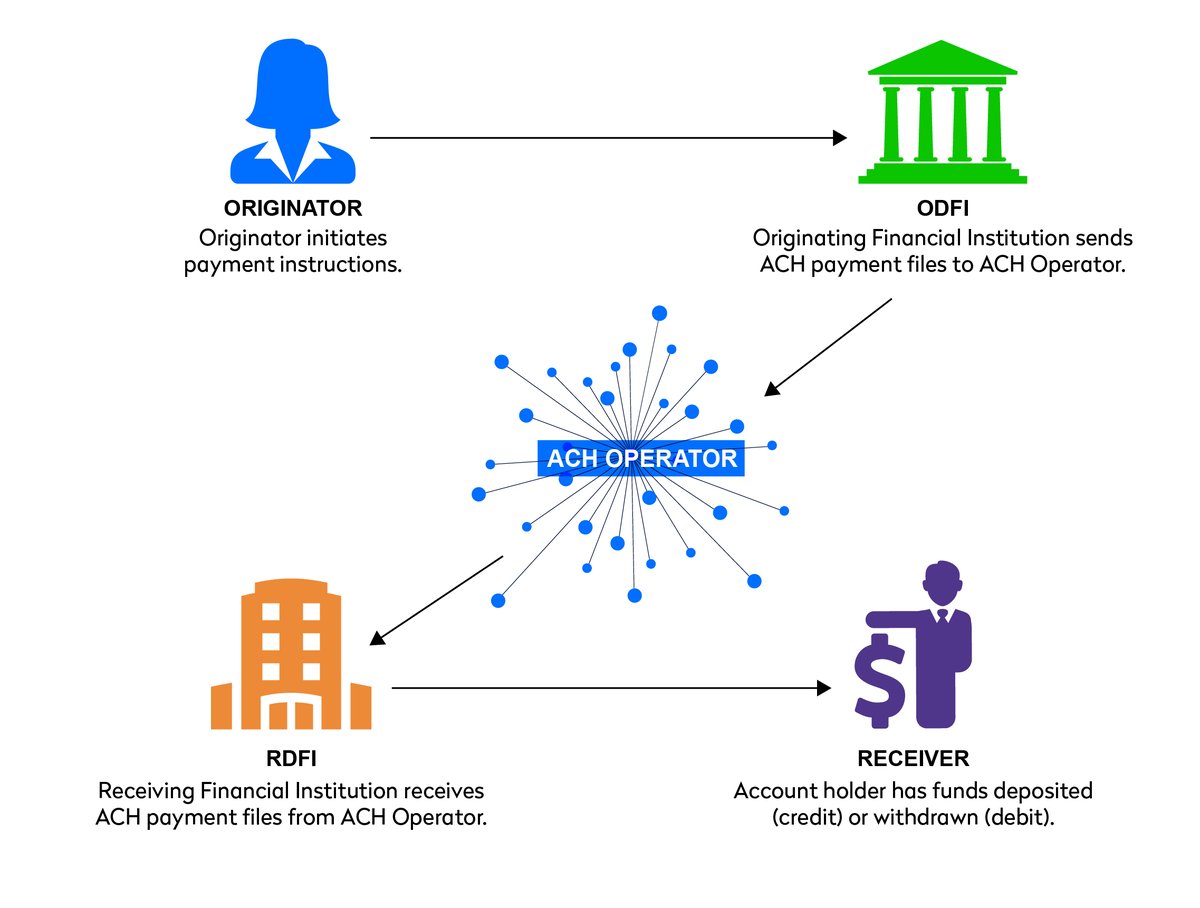lp0 is a Linux error code that means “printer on fire.”
It’s not a joke. In the 50s, computerized printing was an experimental field.
At LLNL (yes, the nuclear testing site), cathode ray tubes created a xerographic printer.
...it would occasionally catch fire.

It’s not a joke. In the 50s, computerized printing was an experimental field.
At LLNL (yes, the nuclear testing site), cathode ray tubes created a xerographic printer.
...it would occasionally catch fire.


State-of-the art at the time, the printer was modified with external fusing ovens hit a whopping…
1 page per second!
In the event of a stall, fresh paper would continuously shoot into the oven, causing aggressive combustion.
1 page per second!
In the event of a stall, fresh paper would continuously shoot into the oven, causing aggressive combustion.

As tech later advanced to drum machines, the fire “problem” didn’t go away.
High speed rotary drums could cause enough friction during a jam to self-combust.
Even minor hangups needed immediate intervention.
High speed rotary drums could cause enough friction during a jam to self-combust.
Even minor hangups needed immediate intervention.

In the 80s, Xerox created the first prototype laser printer.
Apparently learning nothing from lessons of the past, paper had to pass directly over a glowing wire.
If a jam occurred *anywhere* in the system, the sheet in the fuser would immediately catch fire.
The prototype UNIX driver reported every jam as “on fire” to motivate the technician to take an immediate look.
lp0 still exists to this day in the Linux source code!
Go and search the git tree for “on fire”, you’ll find it!

Apparently learning nothing from lessons of the past, paper had to pass directly over a glowing wire.
If a jam occurred *anywhere* in the system, the sheet in the fuser would immediately catch fire.
The prototype UNIX driver reported every jam as “on fire” to motivate the technician to take an immediate look.
lp0 still exists to this day in the Linux source code!
Go and search the git tree for “on fire”, you’ll find it!


correction, the full error code is “lp%d on fire”, where lp%d refers to the printer itself
my brain is tired cut me some slack
my brain is tired cut me some slack

• • •
Missing some Tweet in this thread? You can try to
force a refresh




